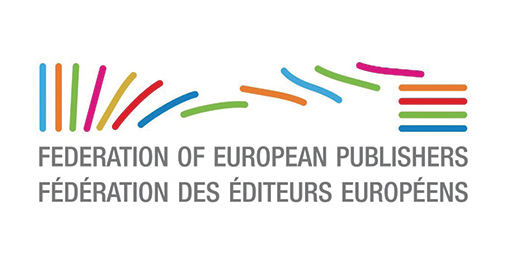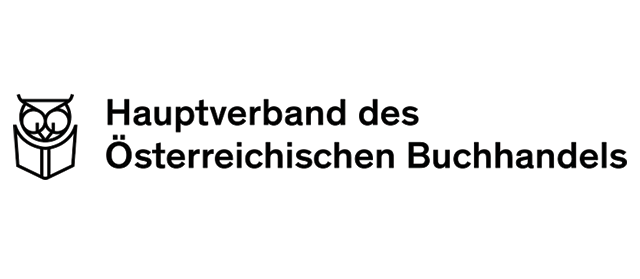Prompted by parents and schools, reading in the 0-14 age group has grown decisively in Italy since the pandemic. But if we look at the data on the time spent on books and the perceived pleasure, especially in the older age groups, publishers are faced with the problem of identifying the languages, products and ways of communicating that they like best. “We have to understand how to make reading sexy for these kids,” summarised Beatrice Fini, a member of the Italian Publishers’ Association (AIE) children’s commission and editor for Giunti, during the event “La lettura in Italia da 0 a 14 anni” (Reading in Italy 0-14) held on 7 March at Bologna Children’s Book Fair in the framework of the Aldus Up project. The session focused on the data from the in-depth survey on children and young people carried out by AIE in collaboration with Pepe Research, every two years as part of the Observatory on Reading and Cultural Consumption.
According to the latest data referring to the first months of 2023, in the 4-14 age group 96% of boys and girls have read at least one non-school book in the last twelve months, compared to 75% in 2018. In the 0-3 age group, read aloud by parents and teachers, handling of tactile, hardback, illustrated, animated, colouring books and other forms of pre-reading involved 70% of boys and girls. They were 49% in 2018.
“This strong growth can have several reasons,” explains Giovanni Peresson, head of the Italian Publishers Association’s study office. “The first is that young couples of parents have become more aware of the role that books and reading play in a child’s development from a very early age. The second reason is that manga, superhero comics and other serial products that were previously not fully perceived as reading books now are, and this affects the responses. But we can also see the first effects of children’s reading promotion campaigns such as #ioleggoperché”.
24% of readers read 12 or more books a year, 30% 7 to 11, 21% 4 to 6 and 25% less than three. Since 2018, the percentage of those who read more than 7 books a year has increased from 26% to 54%. So not only have readership increased, but more people read more than before. And yet, if we look at the time spent reading, only 8% of readers read more than three hours a week, 58% one to three hours, 38% no more than one hour, for a daily average of about 16 minutes. If one then asks for a grade on the pleasure of reading, this grade stands at just over six, six and a half.
“The data on the growth of reading comfort us,” explained Beatrice Fini, “but those on the pleasure of reading weigh heavily. What we see is that, at the age when reading comics and manga explodes, there is a disaffection to more classic forms of reading. Since those who read comics are sophisticated readers, capable of complex reading, we have to figure out how to make reading sexy for these kids”. The data – as well as the experience of publishers – show that there is a strong market and demand for books in the pre-school age group. When children grow and they start going to the school, there are signs of disaffection, apart from specific products such as manga, comics and romance.
Of the 23.2 million books sold in 2022, 1 million are comics and manga, i.e. 4.4 per cent, up sharply from 1.5 per cent in 2019. Books for early childhood (0-5 years) account for almost half, 46.1%.
Carlo Gallucci (Gallucci editore), whose production as a publisher is strong in the pre-school age group, emphasizes the strong role in rooting the pleasure of reading that illustrated, active books, colouring books and pop-up books can play: “In these products there is all the pleasure of reading: an unfolding, a before and after, involvement in the story, surprise…”. The theme is how to ensure that this pleasure in reading persists and is preserved as the child grows. Nicoletta Gramantieri, from the Sala Borsa Library, one of the most important library institutions in Italy, based in Bologna, provides this reading: ‘Before school the pleasure of reading for children is total, with the beginning of school the pleasure of reading and the need to learn to read get mixed up. And, of course, one puts the other at risk. ‘In the projects we do with schools,’ Gramantieri explains, ‘we push first grade teachers a lot towards reading aloud, which preserves the pleasure and puts all children on an equal footing, regardless of their abilities. In the following years, there is also an issue of editorial offer: ‘The 7-10 year old age group is the one where the offer is least strong’. More generally, Gramantieri raises the question of how children’s books are conceived: ‘There is a large offer of books for… books that teach something, but what we need are books that preserve the pleasure of reading first and foremost’, regardless of pedagogical messages. “The success of the comic book today, I believe, is because today the comic book is the real educational novel”.
A reflection of Gramantieri’s words can be seen in the data of the AIE research concerning the reading choice. In the 7-9 age group, 18% of children choose titles independently, it was 37% in 2018. All others are guided or accompanied by parents and teachers. In the 10-14 age group, the percentage of those who choose independently is 41%, it was 60% in 2018.
 By
By 

















